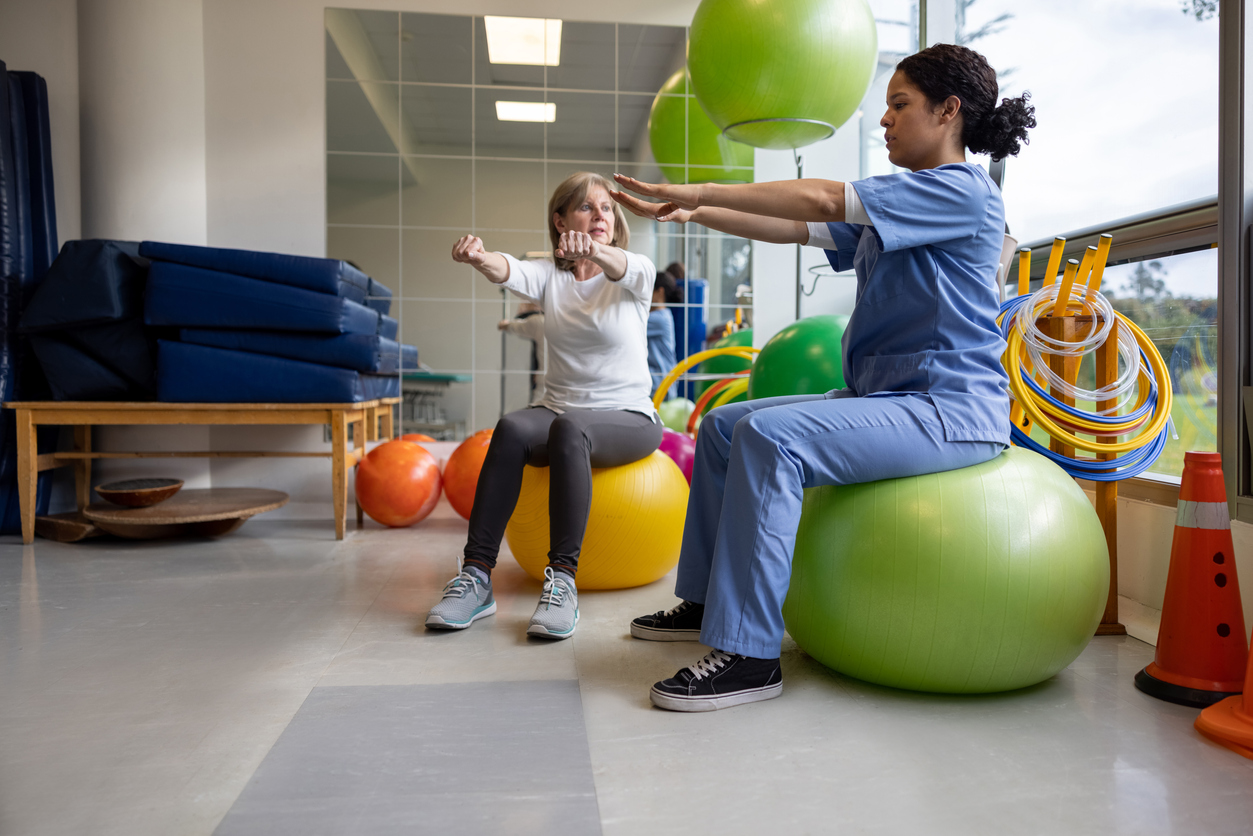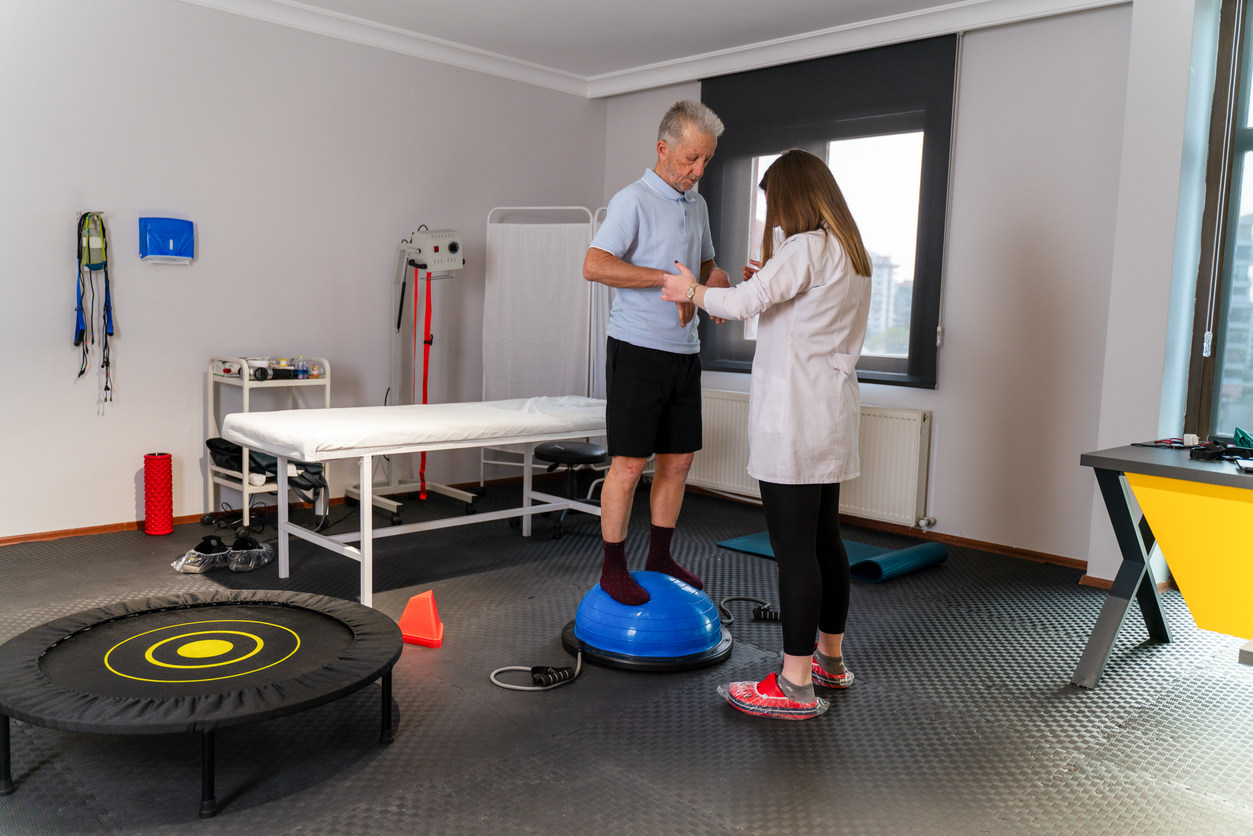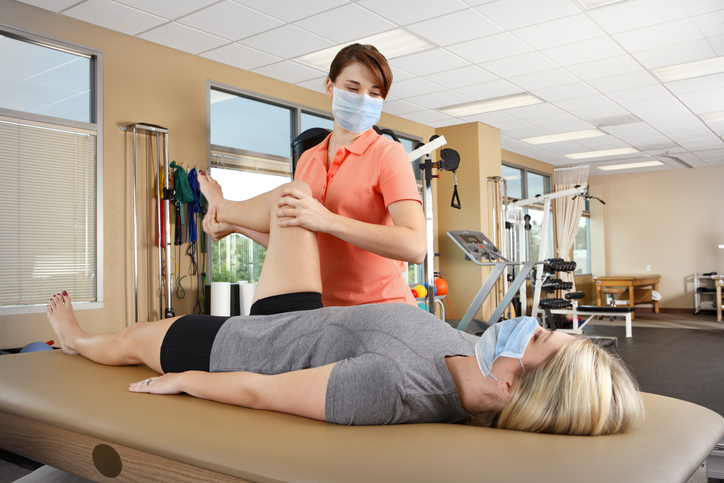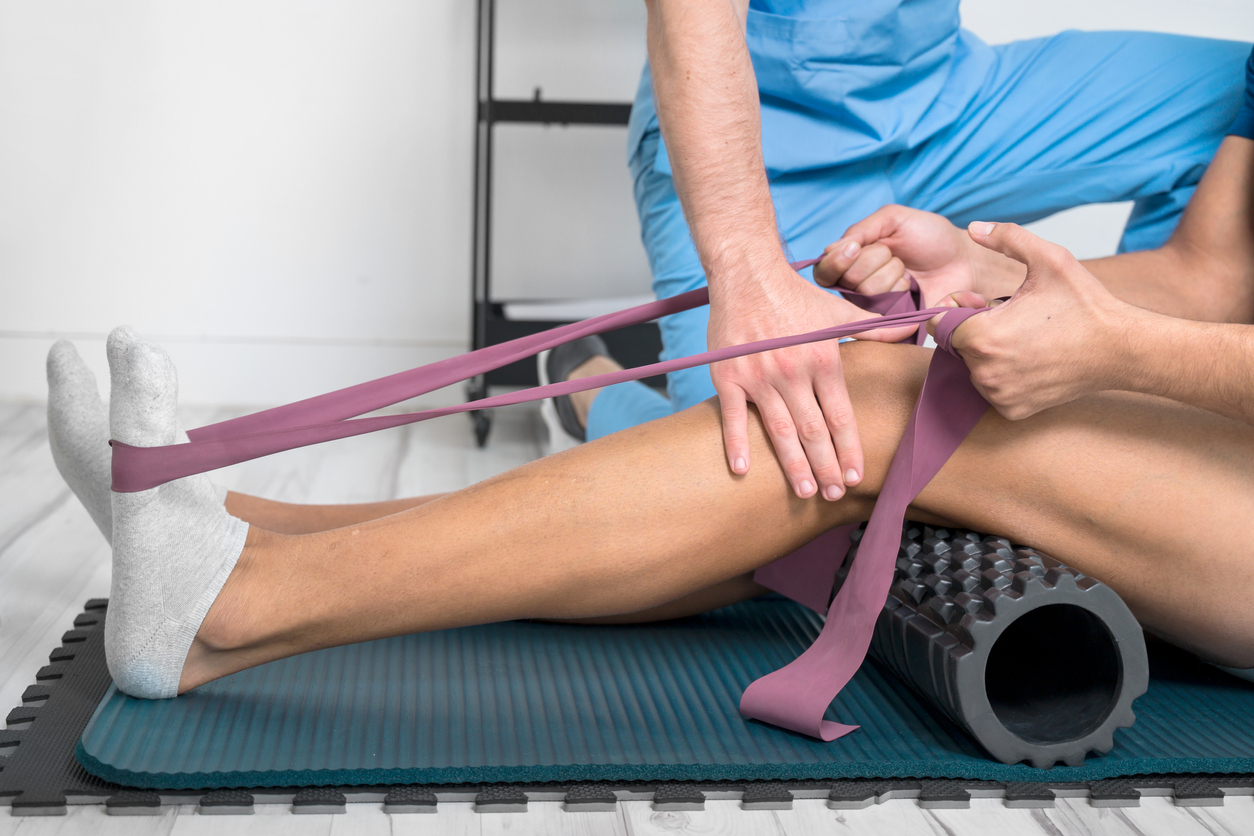Treatments
The Role of the Physical Therapist

What is physical therapy?
Physical therapy is often used as a standard treatment for chronic pain or pain related to an injury. However, it can also help treat other medical conditions, including back pain, headaches, diabetes, injuries, etc. A physical therapist typically treats areas of weakness by encouraging movement.
What is a physical therapist?
The goal of physical therapy is to improve movement and range of motion. A physical therapist is a type of health care professional trained to help individuals maximize their mobility and functionality. The clients they treat may be recovering from an injury or illness, or have specific conditions (chronic and acute). A physical therapist evaluates the person and condition in order to treat illnesses and injuries related to the musculoskeletal (bones and muscles), neurological (brain), cardiopulmonary (heart and lungs) and integumentary (skin) systems.
What does a physical therapist do?
After assessing the individual’s physical ability and health condition, a physical therapist then develops an individual plan that adopts techniques to provide pain management, improve mobility, implement injury recovery, and prevent future damage. They may utilize equipment, or incorporate exercise, stretching, and other hands-on techniques, to treat the condition.
What can a physical therapist help with?
Physical therapists can help a person improve certain aspects of their functionality, including, but not limited to, the following:
- Mobility
- Pain
- Balance and agility
- Muscle retraining
- Cardiovascular strengthening
A physical therapist can also assist with certain types of care, such as the following:
- Casting, bracing or splinting
- Temperature therapy
- Massage therapy
- Burn care
They may also be able to assist with the correct use of orthotics (splints and braces), mobility devices (walkers, wheelchairs, canes, crutches, etc.), and prosthetics (artificial limbs).
Where are physical therapists found?
A physical therapist may be stationed at various locations, including, but not limited to, the following:
- Schools
- Nursing homes
- Hospitals
- Sports facilities
- Private practices
- Community and home health settings
- Inpatient and outpatient rehabilitation centers
- Industrial health centers


















